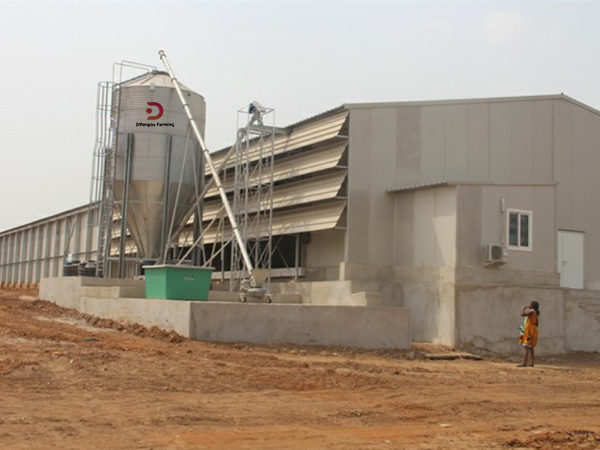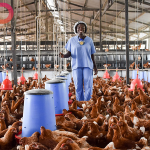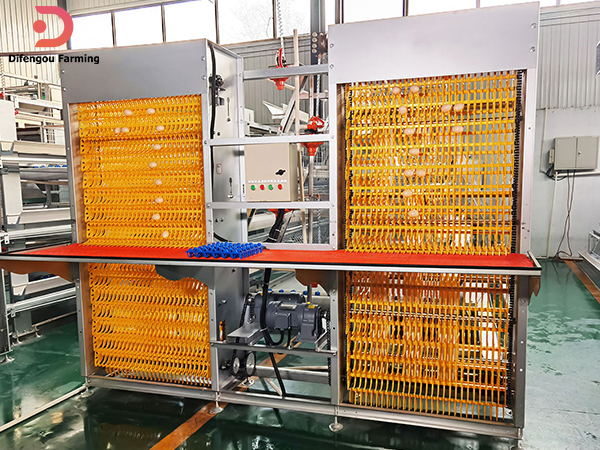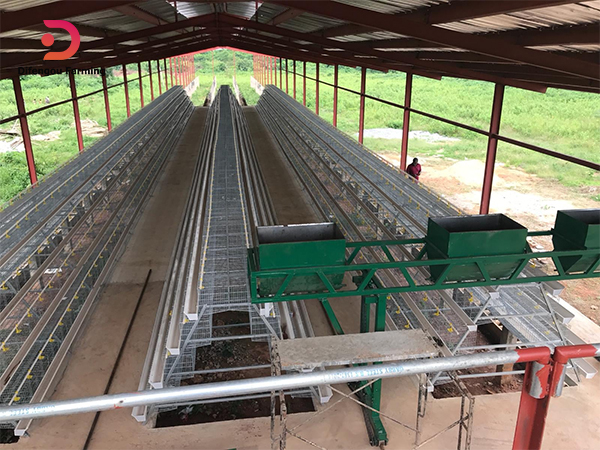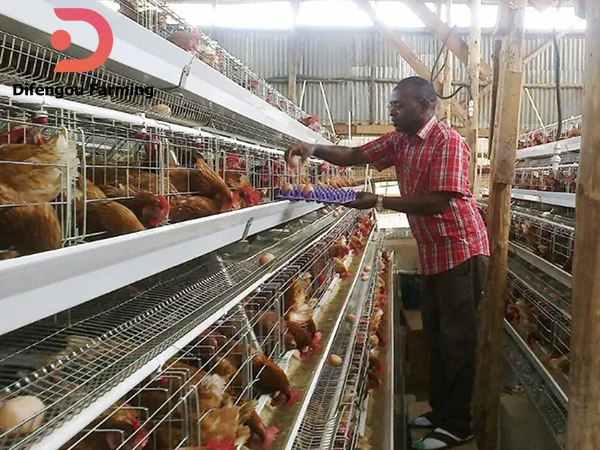How to buy healthy and strong chick from the market
Choosing a healthy and strong chick when buying from the market is important for several reasons, particularly if you plan to raise them for various purposes, such as backyard farming, egg production, or meat production. Here’s why it matters:
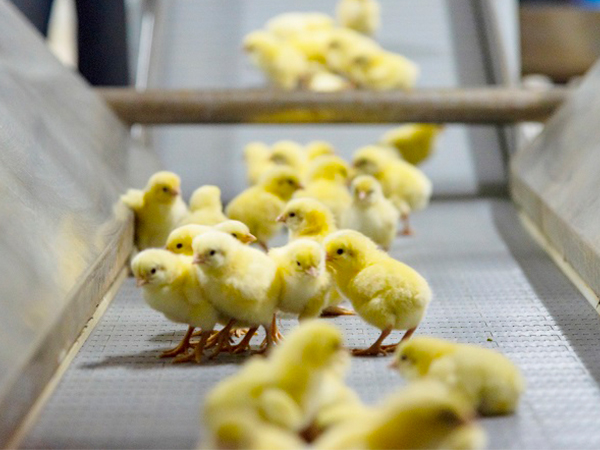
Disease Prevention: Healthy chicks are less likely to carry diseases or infections that can spread to other birds in your flock. Selecting healthy chicks reduces the risk of introducing diseases into your poultry population.
Longevity: Strong and healthy chicks are more likely to thrive and have a longer lifespan. They are better equipped to withstand environmental stressors and common health challenges.
Growth and Development: Healthy chicks tend to grow and develop more quickly and efficiently. They are more likely to reach their full potential in terms of size, weight, and productivity.
Egg Production: If you are raising chicks for egg production, healthy hens are more likely to lay consistently and produce higher-quality eggs. Strong chicks are more likely to grow into productive layers.
Meat Quality: For those raising chicks for meat, healthy and well-developed birds will yield higher-quality meat. They will also reach the desired market weight more efficiently.
Reduced Veterinary Costs: Choosing healthy chicks upfront can help reduce the need for veterinary care and treatments, which can be costly and time-consuming.
When selecting chicks at the market or from a hatchery, consider the following tips:
(1) Selection of Laying Hen Breeds
Characteristics of Excellent Laying Hen Breeds:
They exhibit very high egg-laying performance, with an annual average egg production rate of 75% to 80% and an average of 16 to 18 kilograms of eggs laid per hen per year.
They possess strong resistance to stress, high disease resistance, high chick survival rates, rearing rates, and survival rates during the egg-laying period, all at high levels.
They are robust, healthy, and capable of maintaining consistent high egg production.
They have good eggshell quality, maintaining a low rate of cracked eggs even during the later stages of egg production and in the summer.
Criteria for Choosing Breeds for Rearing Laying Hens:
(1) The primary objective of raising high-yielding breeds for laying hens is to obtain many high-quality eggs. Therefore, when selecting breeds for rearing, the most critical aspect is the breed’s production performance, particularly egg production. Modern commercial hybrid chickens mature early, start laying at 20 weeks of age, reach their peak laying period at 25 to 26 weeks of age, and, under good management conditions, can sustain a production rate of over 90% for more than 10 weeks. The total annual egg production per laying hen can reach 18 kilograms. As mentioned earlier, major breeding companies provide information on the production performance of their laying hen breeds, and some even describe standard egg production curves. Farmers can choose breeds based on their specific requirements.
(2) The goal of selecting breeds with high feed efficiency is to optimize feed efficiency, measured by the feed-egg ratio, which indicates the amount of feed required to produce 1 kilogram of eggs. Lower feed-egg ratios correspond to higher feed efficiency. If hens can produce more eggs with less feed, this will undoubtedly improve economic returns. Currently, both domestic and international breeding companies provide feed-egg ratio data for their laying hen breeds. Therefore, when selecting quality breeds, farmers should consider both egg production and feed efficiency and aim to find breeds that strike an ideal balance.
(3) Breed selection should consider local market demands. Depending on the local market’s preference for brown or white eggs, the choice of brown or white egg-laying breeds should be made. In China and most of Asia, brown eggs are favored by the majority of consumers. If the local market prefers white eggs, then white egg-laying breeds should be raised. In regions where consumers favor larger eggs, and larger eggs command higher prices than smaller ones, breeds like the Rhode Island Red laying hen should be considered, as they lay larger eggs compared to breeds like New Hampshire or Hy-Line Brown. In areas where small-sized eggs are popular and eggs are sold by count rather than weight, breeds that produce smaller eggs can be raised. In some regions of China, certain laying hen breeds have relatively low egg production but offer high egg quality, making them popular among consumers. The prices for these eggs are higher than those produced by imported laying hen breeds. Especially in recent years, as awareness of safety, environmental protection, and health has increased, there is great potential in developing local breeds (native hens). In areas with suitable conditions, native breeds can be raised.
(4) Consider the local climate conditions. When choosing breeds, analyze the breed’s origin, rearing methods, climate, and environmental conditions and compare them to the local rearing conditions. Select breeds that are robust, have high survival rates, and are well-suited for local rearing conditions. In areas with cold winters, consider breeds that are larger and more cold-resistant. In regions with hot summers, breeds with smaller body sizes and stronger heat resistance should be considered.
(5) Determine based on your own level of poultry farming expertise. In places where there is insufficient experience in poultry farming and low chick survival rates, choose breeds that have strong disease resistance and stress resistance. If you have some experience in poultry farming and well-designed poultry houses with strong environmental control capabilities, you can choose breeds that excel in egg production. When selecting laying hen breeds, consider your familiarity with the characteristics of each breed, as well as your rearing habits. For example, if you have been raising Rhode Island Red laying hens and are very familiar with their habits, management, and disease prevention, it’s best to continue raising Rhode Island Red laying hens.

(2) Selection of Chicks from Hatcheries
High-quality and healthy chicks come from reputable breeder farms. When planning to purchase chicks, conduct thorough research and on-site inspections. Regardless of the breed you choose, it is essential to purchase chicks from breeder farms that have the following characteristics:
They have a production license.
They have substantial experience.
They possess strong technical capabilities.
They are of significant size.
They have not experienced severe outbreaks of diseases.
Chicks from poorly managed farms with low levels of production are unlikely to provide high-yielding chicks.

